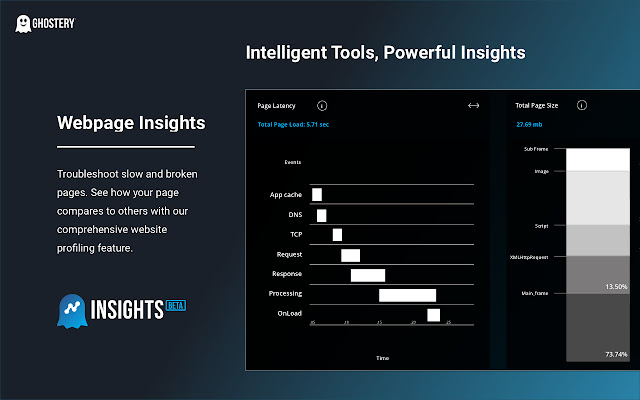
What are the main differences between decentralized and traditional derivatives trading?
What are the main differences between decentralized and traditional derivatives trading?
Introduction
Imagine hedging a multi-asset portfolio—forex, stocks (tokenized), crypto, indices, options, and commodities—across venues that feel either custodial and centralized or trustless and on-chain. The venue you pick shapes everything: settlement speed, risk exposure, fee structure, and how you access liquidity. Decentralized finance (DeFi) has pushed derivatives onto programmable contracts, while traditional derivatives still ride on established exchanges and clearinghouses. This piece compares the two realities, with practical notes for traders, from leverage decisions to security practices, and a glance at what’s next for Web3 finance.
Core mechanics: on-chain versus off-chain
- How settlement works: Traditional derivatives rely on centralized venues that handle matching, margin, and clearing. Decentralized derivatives run via smart contracts that automate margining, funding, and settlement on-chain.
- Price discovery: Exchange books set prices in centralized markets; DeFi often uses oracles or synthetic pricing mechanisms fed by on-chain data and external feeds. This can improve transparency but adds oracle risk.
- Liquidity and execution: Centralized venues typically offer deep liquidity and familiar order types; DeFi liquidity comes from pools and liquidity providers, which can mean tighter control of execution but higher sensitivity to protocol liquidity and gas costs.
- Example vibe: A CME micro FX futures contract offers robust liquidity and regulated oversight, while a popular DeFi perpetual on a layer-2 chain prioritizes low fees and 24/7 access, with settlement guaranteed by code rather than a central bank.
Risk, security, and trust
- Trust model: Traditional trading depends on counterparty credit and clearinghouse guarantees. DeFi relies on code and collateral—no single counterparty to trust, but more reliance on smart contracts and oracles.
- Security considerations: Centralized venues can be hacked or mismanaged; DeFi adds smart-contract risk, oracle bottlenecks, and protocol upgrades to watch.
- Insurance and protection: Some DeFi protocols offer insured pools or protocol-native risk coverage, while traditional venues lean on established risk departments and regulatory safeguards.
- Practical takeaway: diversify across venues, audit the protocol, and keep funds in wallets you control while reserving a portion for risk-management reserves.
Leverage, liquidity, and costs
- Leverage profiles: Traditional derivatives often provide substantial leverage through regulated products. DeFi can offer high, programmable leverage in some environments, but liquidity and funding models vary widely.
- Fees and gas: Centralized venues quote commissions and funding rates; DeFi adds gas costs, potential slippage, and variable liquidity fees. Layer-2 solutions can help with gas, but user experience and support vary.
- Risk controls: In traditional markets, you have predefined margin calls; in DeFi, you set smart-contract parameters and may rely on automated liquidations. Real-world tip: favor conservative leverage, set clear stop/take boundaries, and test strategies in small sizes before scaling.
Asset coverage and use cases
- Asset breadth: Traditional venues cover a wide range of asset classes with regulated access. DeFi expands into tokenized assets and synthetic exposures, including crypto, some indices, and commodity-like on-chain instruments via oracles and collateralized positions.
- Cross-asset opportunities: You can hedge crypto exposure with DeFi perpetuals or seek synthetic stock exposure through on-chain derivatives, sometimes with faster settlement cycles but different risk drivers than fiat markets.
Strategies and safety tips
- Reliability mindset: Use diversified venues, monitor funding rates, and implement disciplined risk controls. Avoid chasing ultra-high leverage without a clear plan.
- Practical hedges: Consider cross-venue hedging to reduce basis risk, and use limit orders or automated strategies to avoid chasing volatile markets.
- Safety habits: custody remains crucial—prefer wallets you own, audit contracts, and stay aware of gas spikes and network congestion that can affect execution in DeFi.
Future outlook and slogans
Decentralized derivatives continue to mature with smart-contract refinements, improved oracles, and cross-chain liquidity. AI-driven signal processing and automated risk controls could blend with on-chain execution for more scalable, transparent trading. Expect more tokenized assets, broader regulatory clarity, and layer-2 ecosystems that reduce costs while increasing throughput.
Slogans to keep in mind:
- Trade freely, settle on-chain, stay in control of your risk.
- Decentralize the edge, not your discipline.
- From custody to contract: trust transparent mechanics, not just promises.
Conclusion
Decentralized and traditional derivatives offer different pathways to hedging and speculation across forex, stocks, crypto, indices, options, and commodities. Each has strengths—transparency and programmable risk in DeFi; liquidity, regulation, and familiarity in traditional markets. Smart choices come from understanding the mechanics, weighing the risk models, and balancing leverage with robust risk controls. In the evolving Web3 landscape, savvy traders mix cautious exposure, solid security practices, and a readiness to adapt as technology and regulation evolve.
